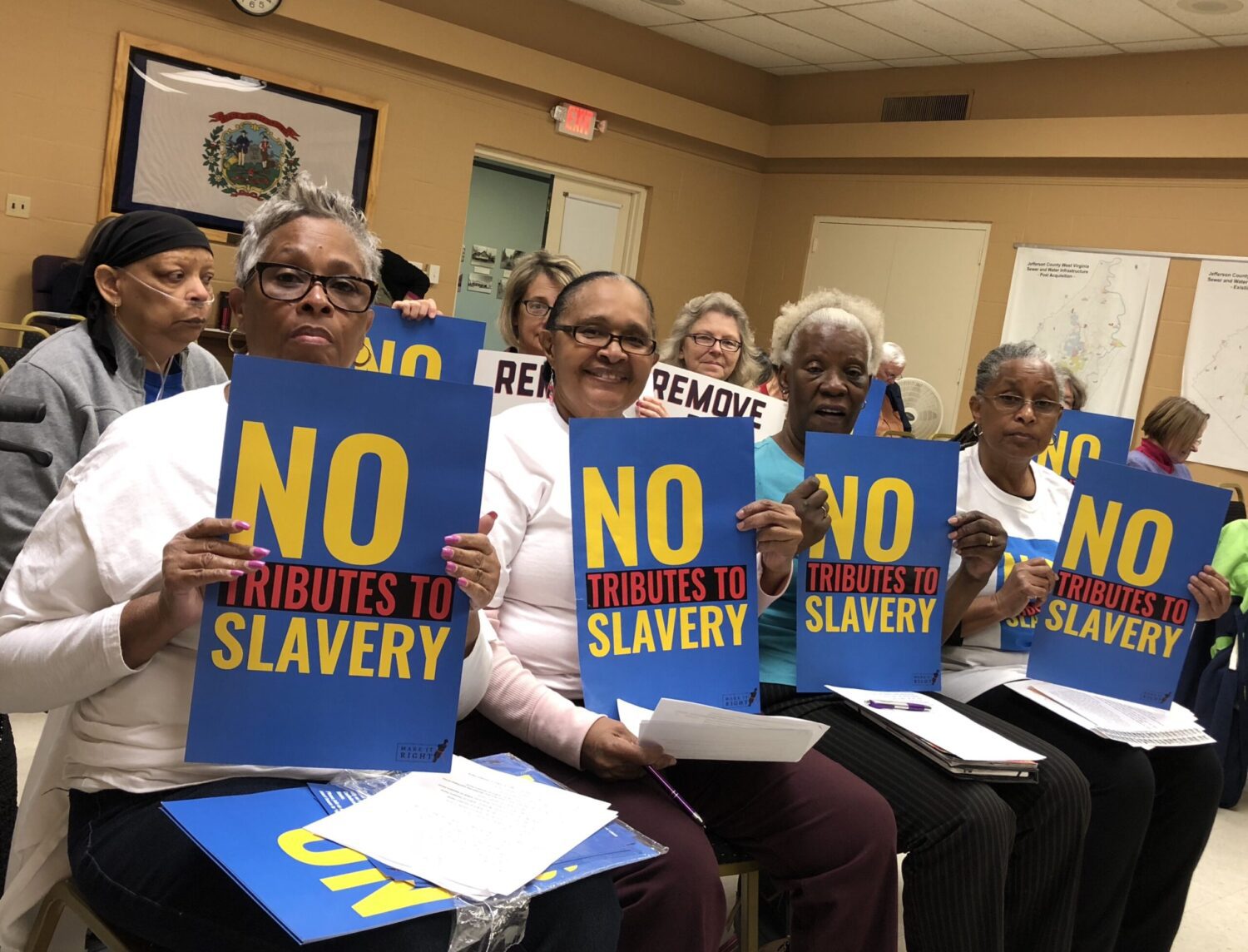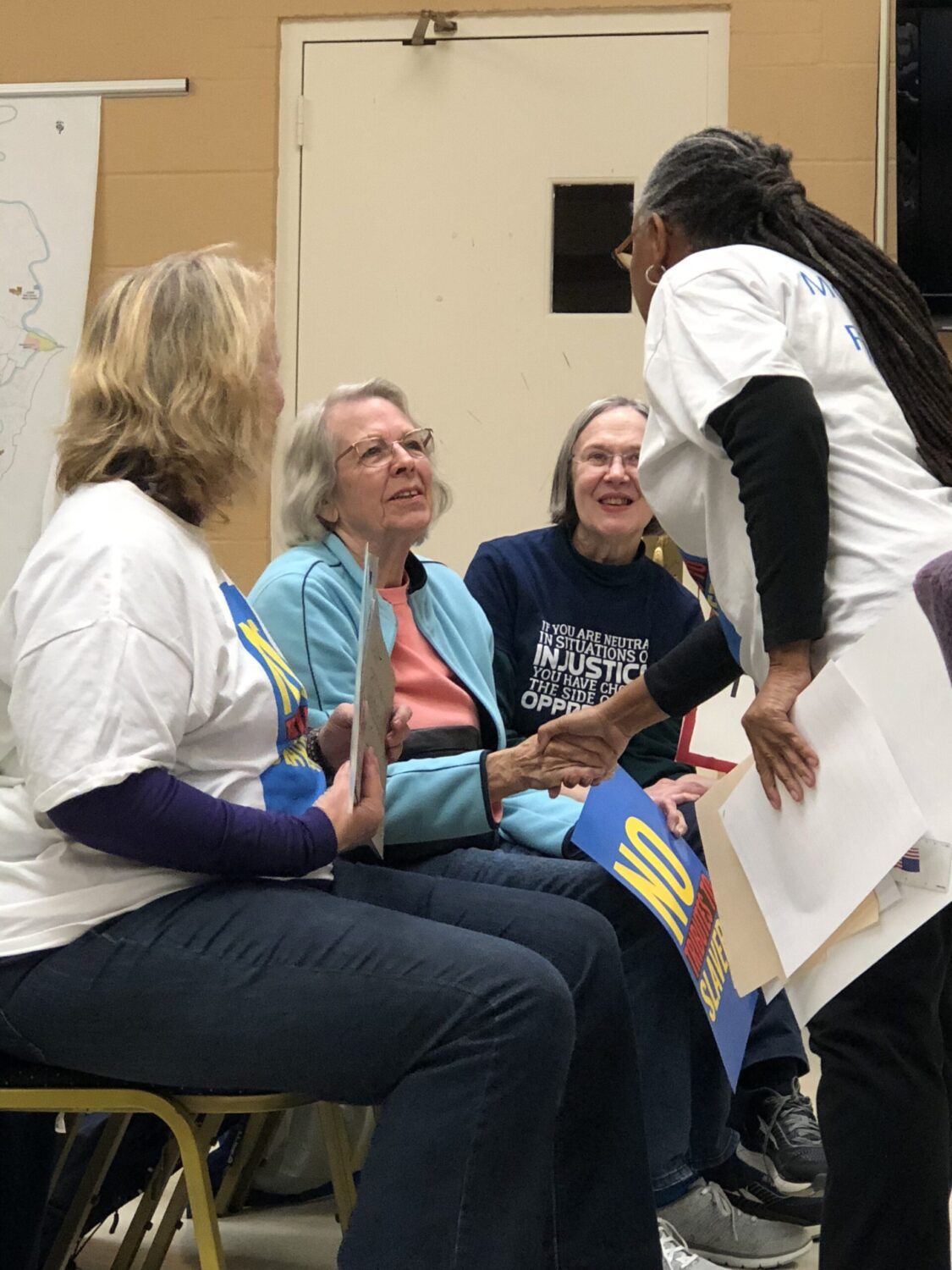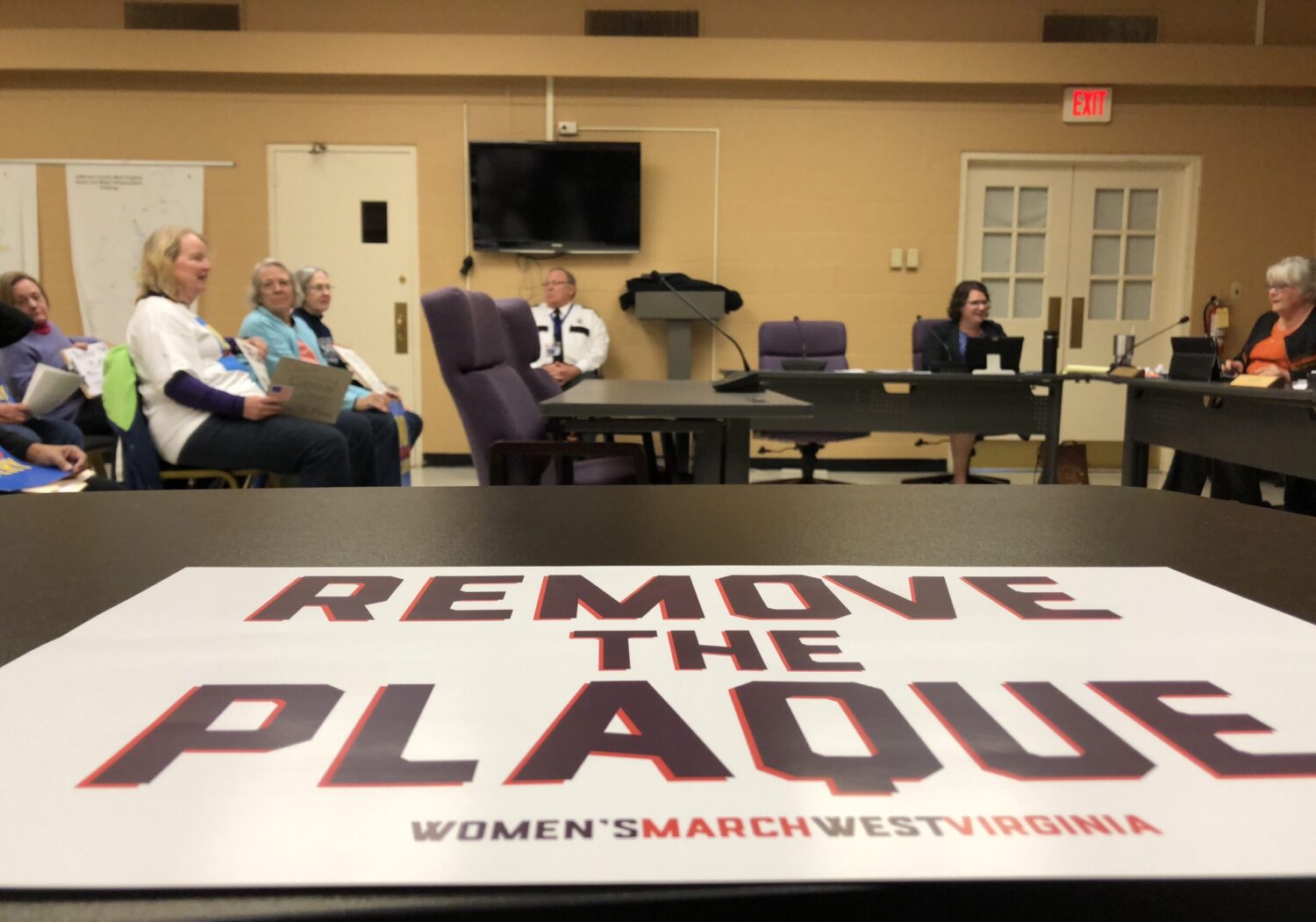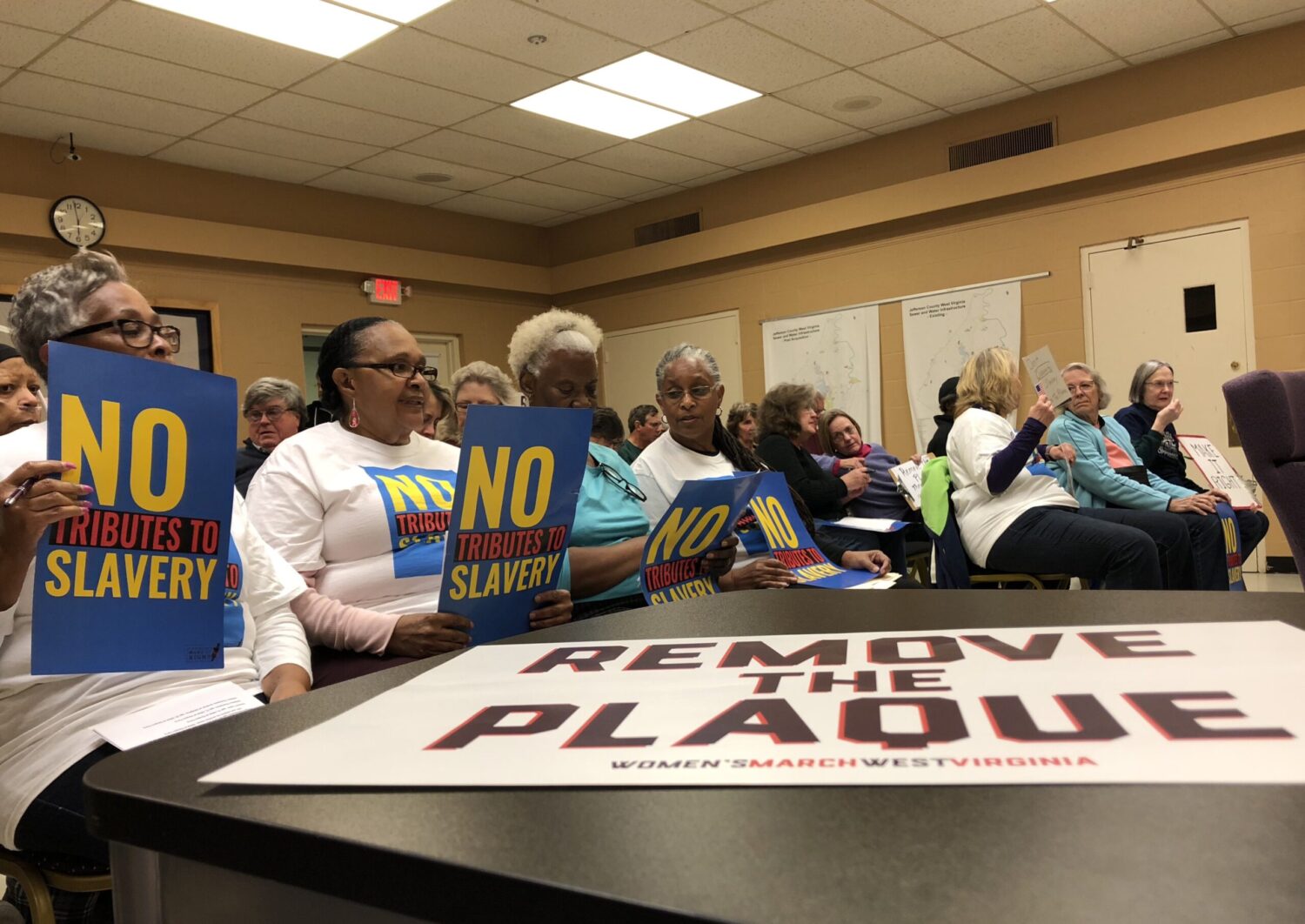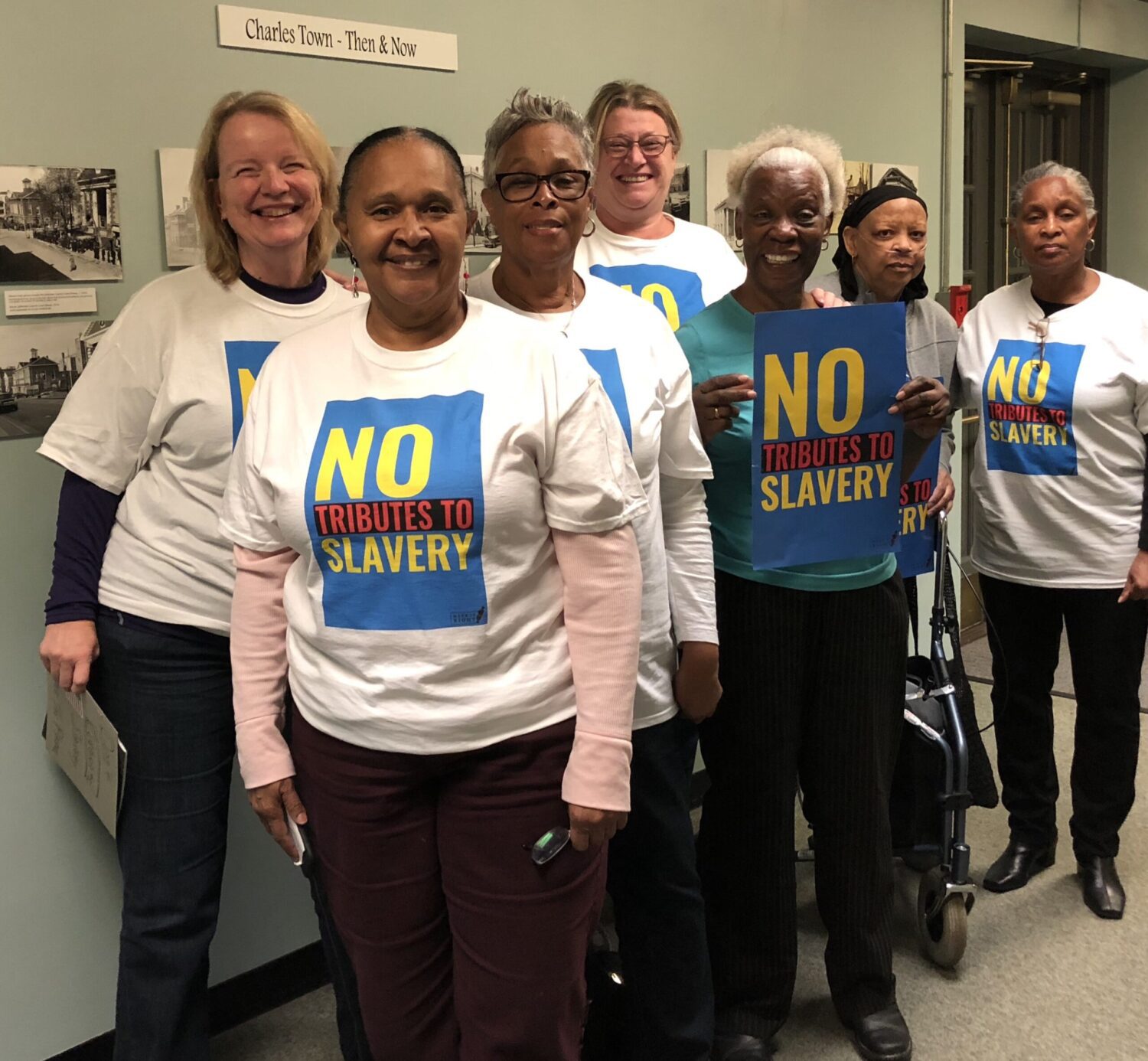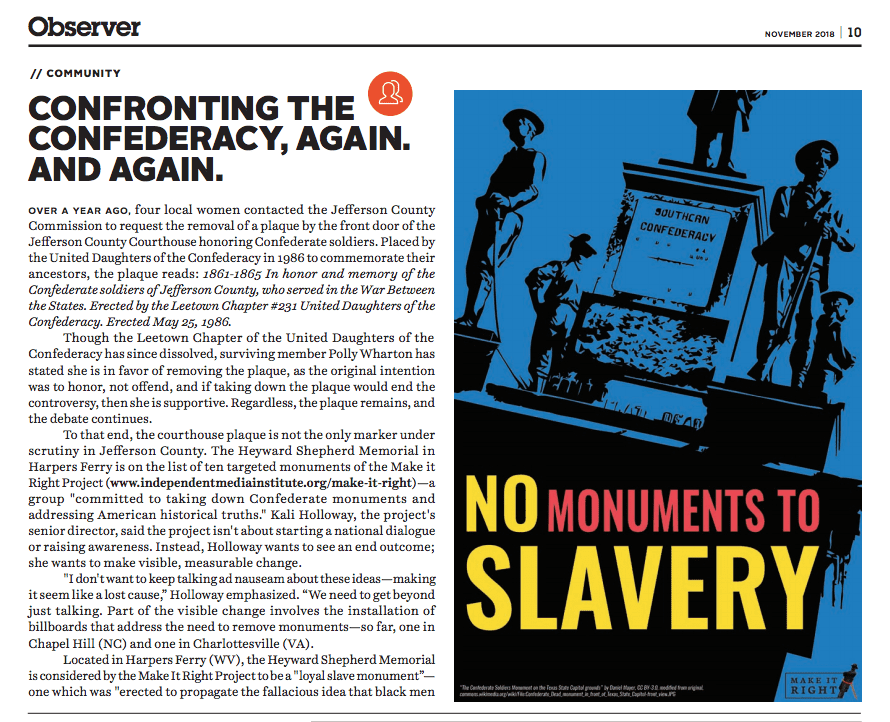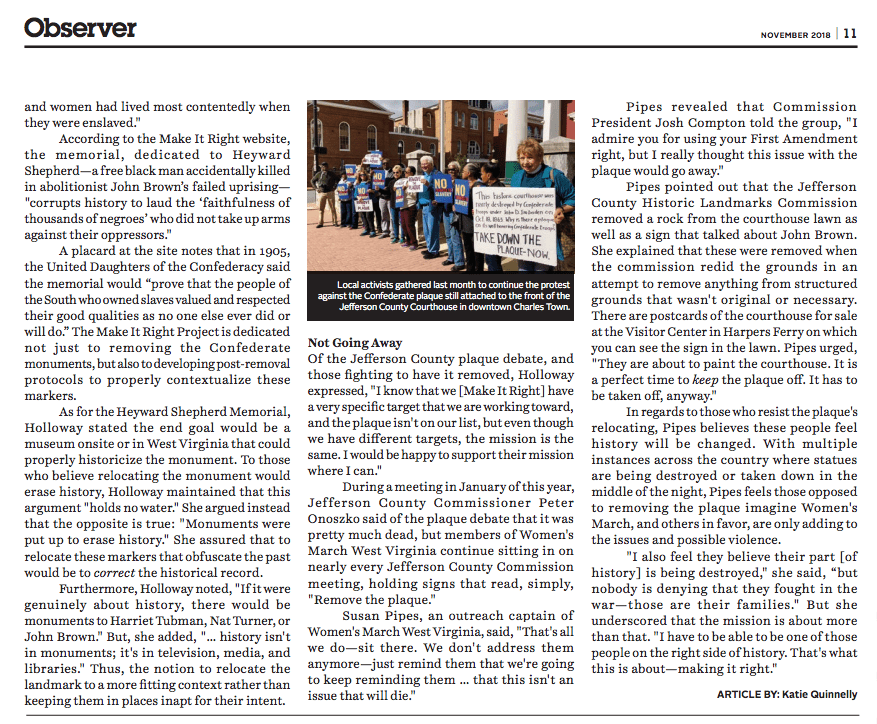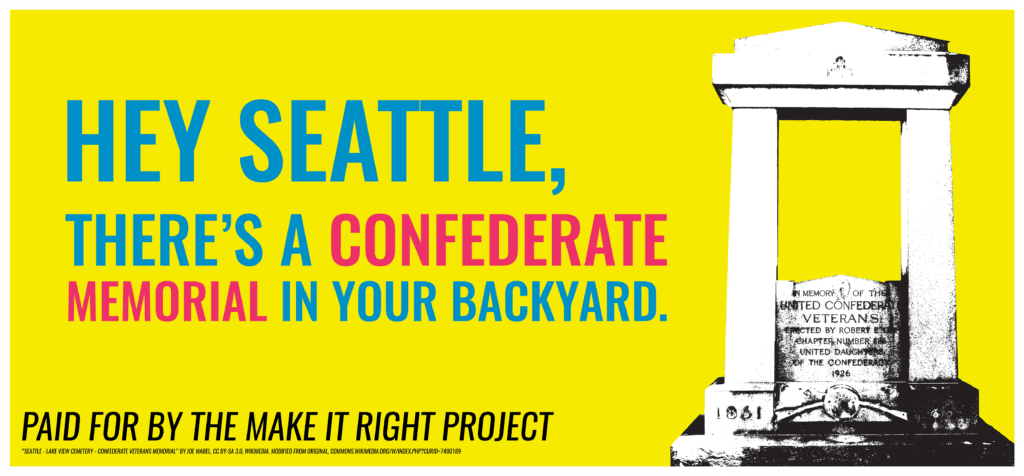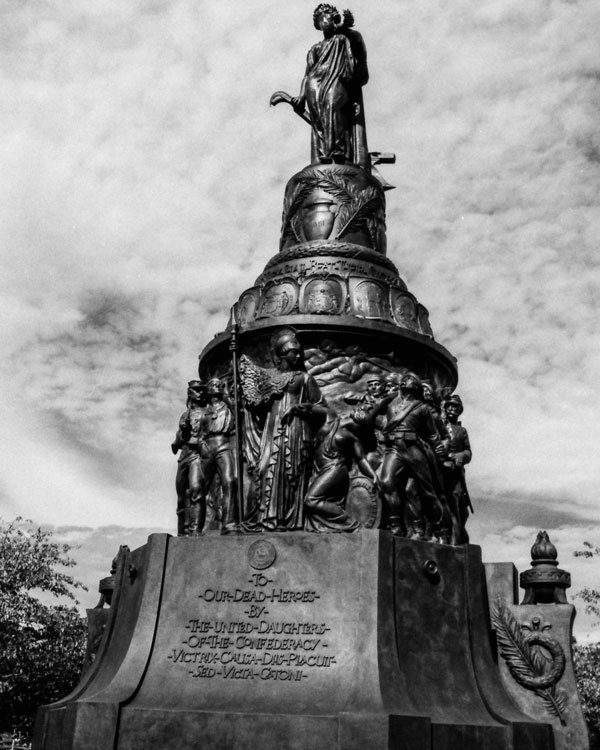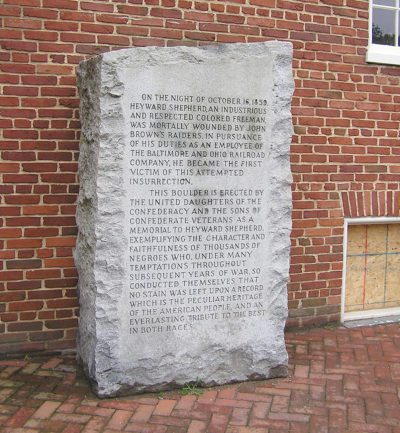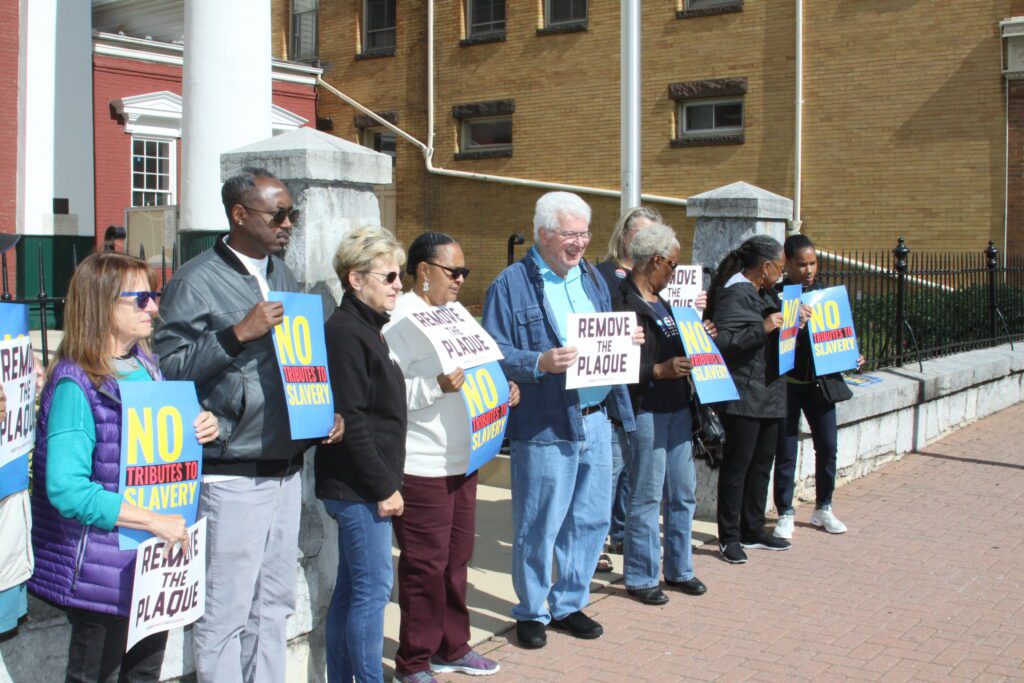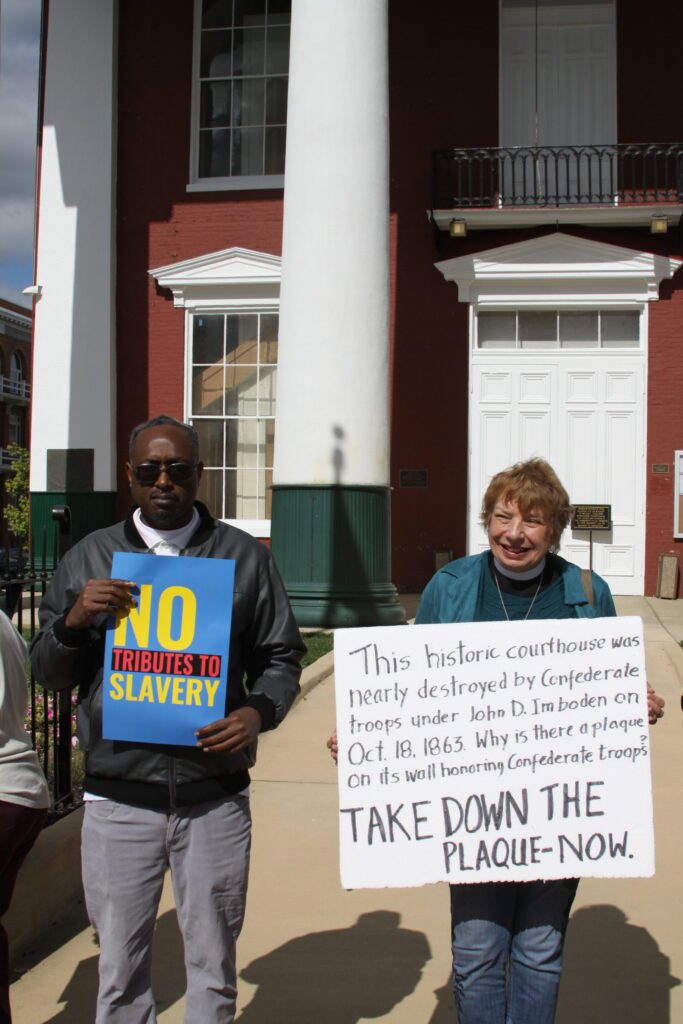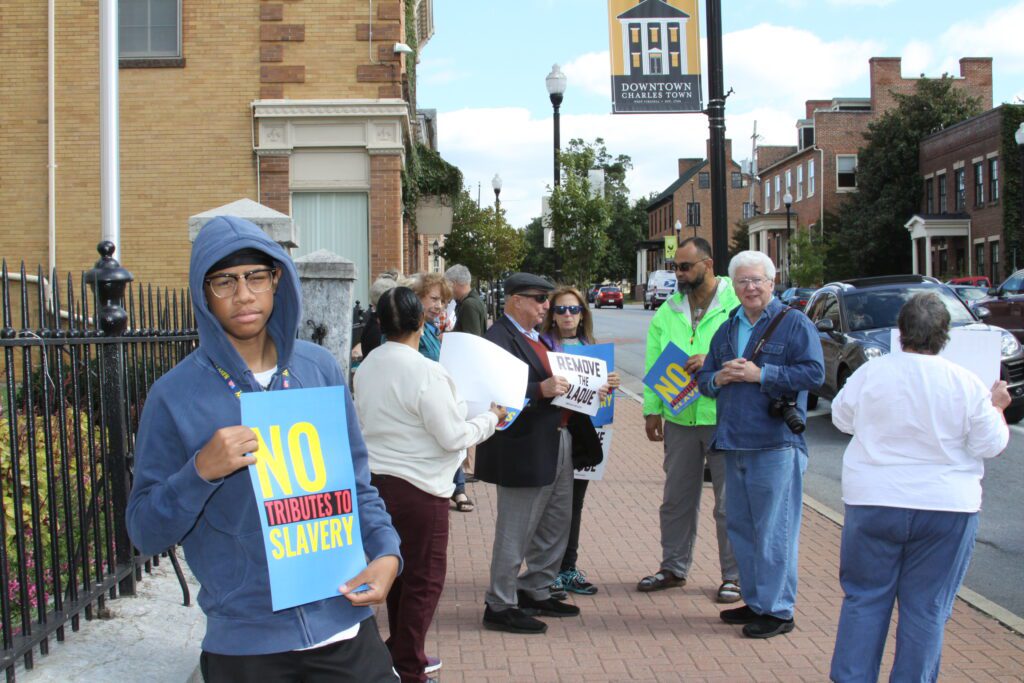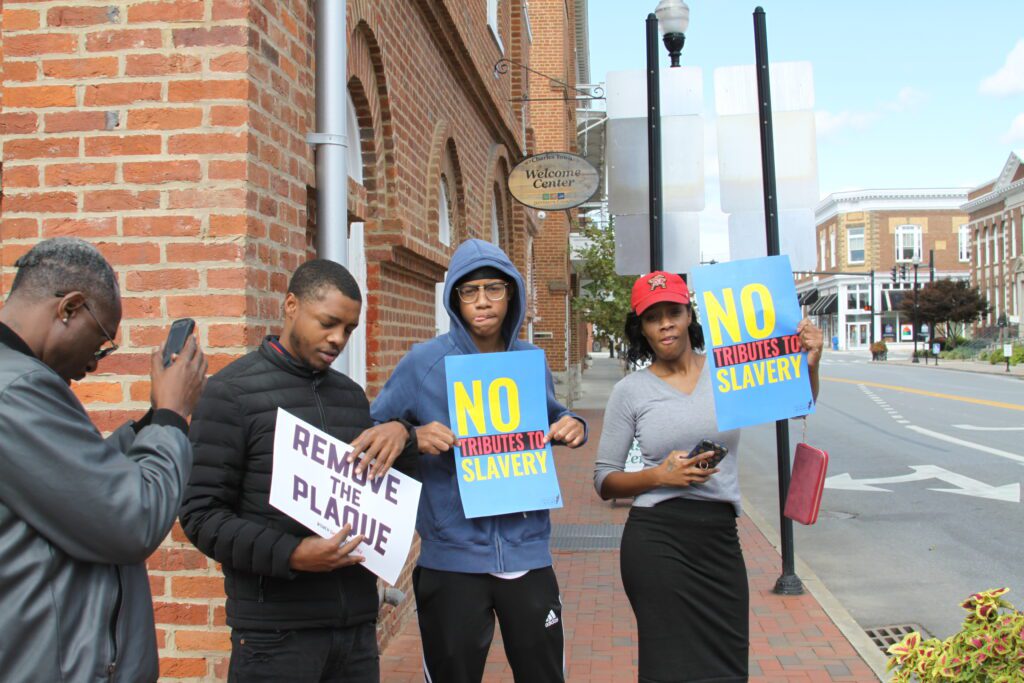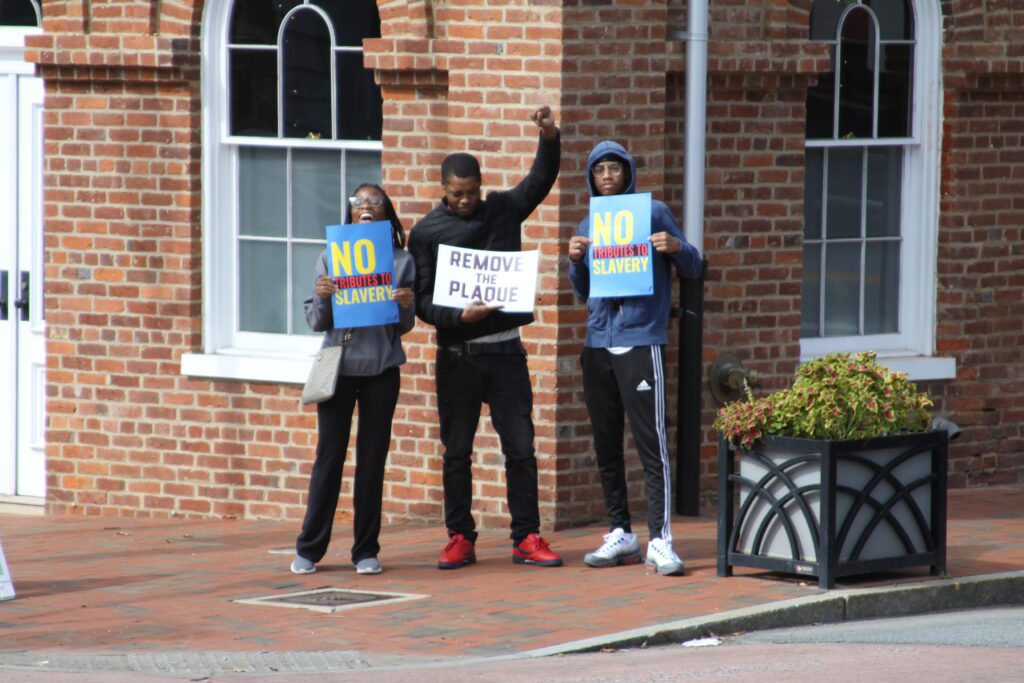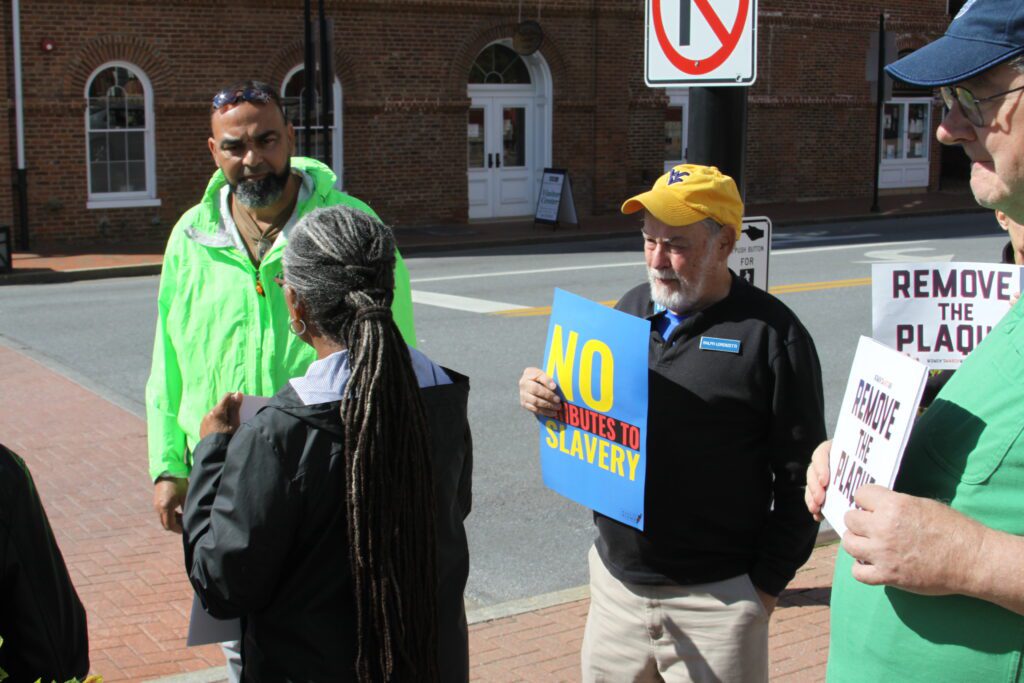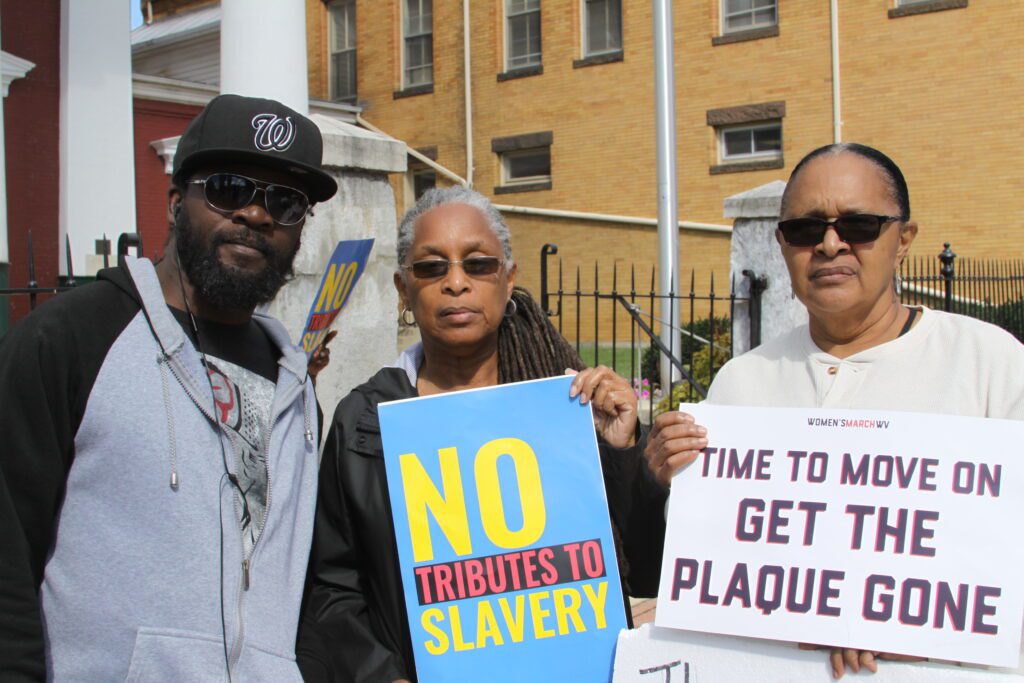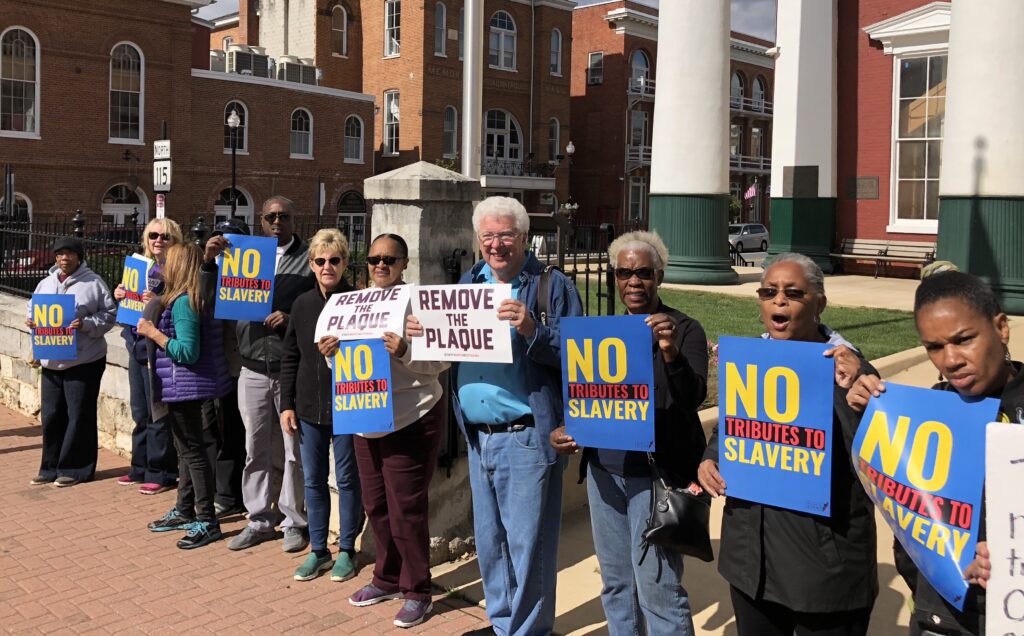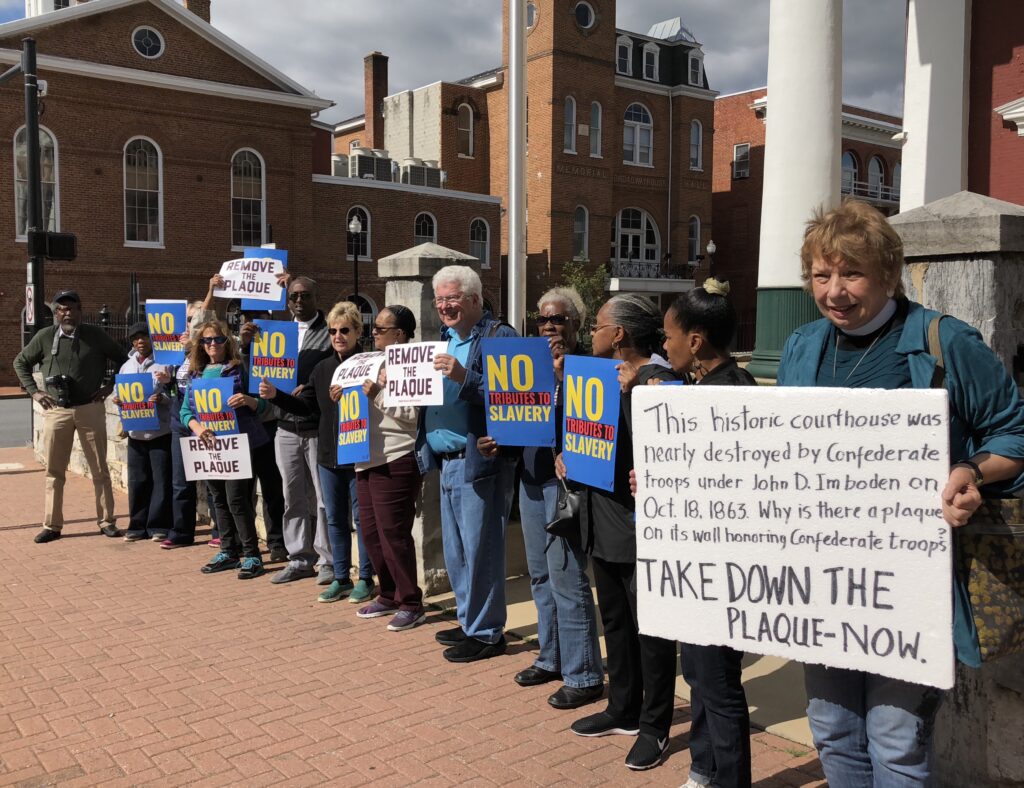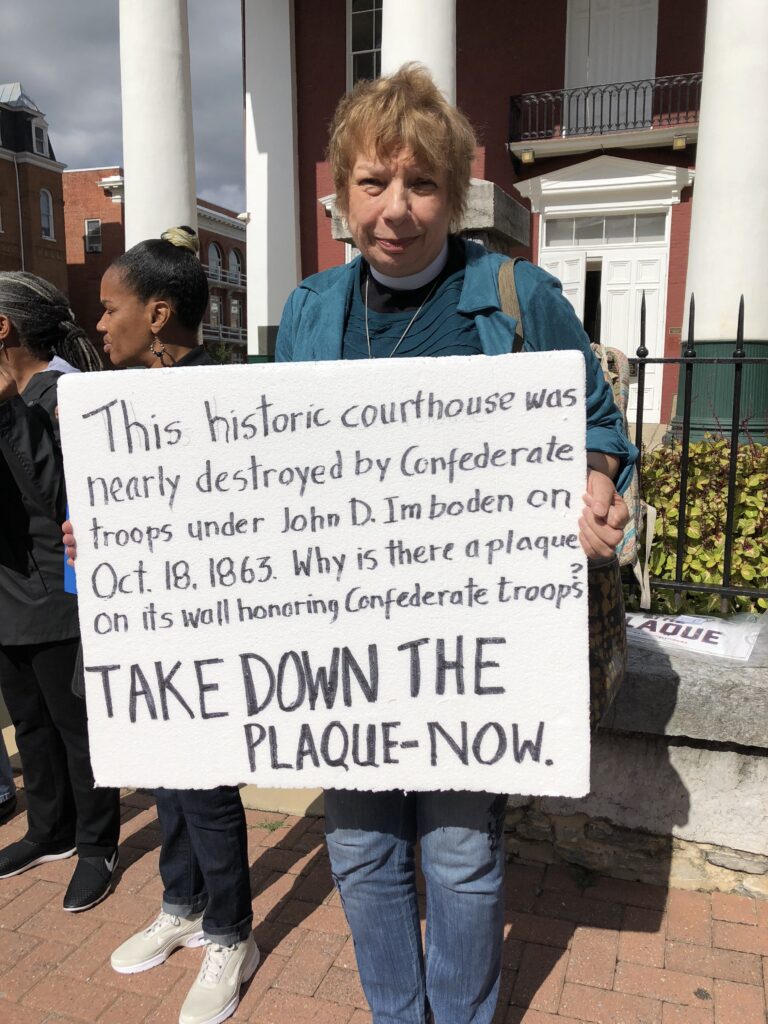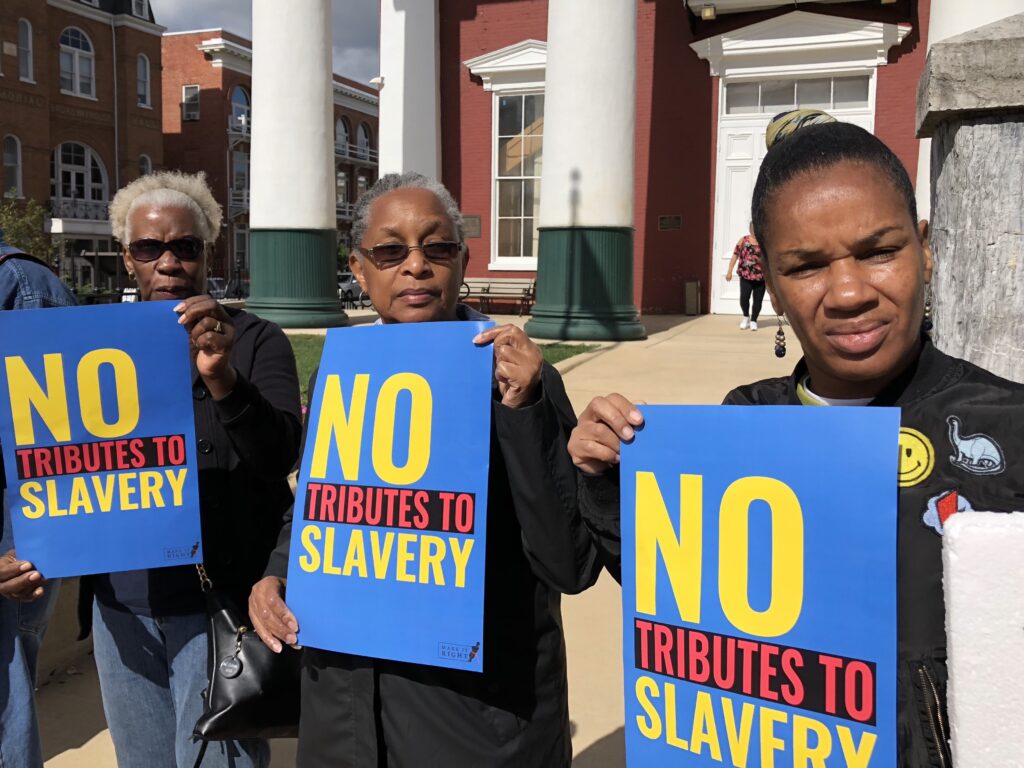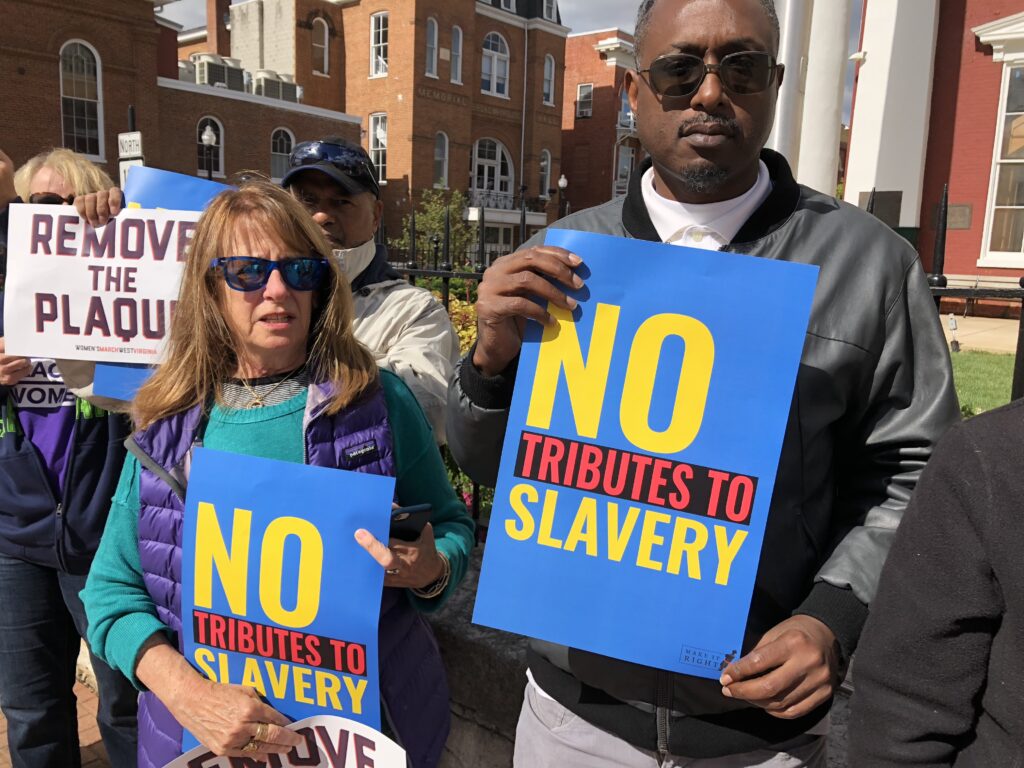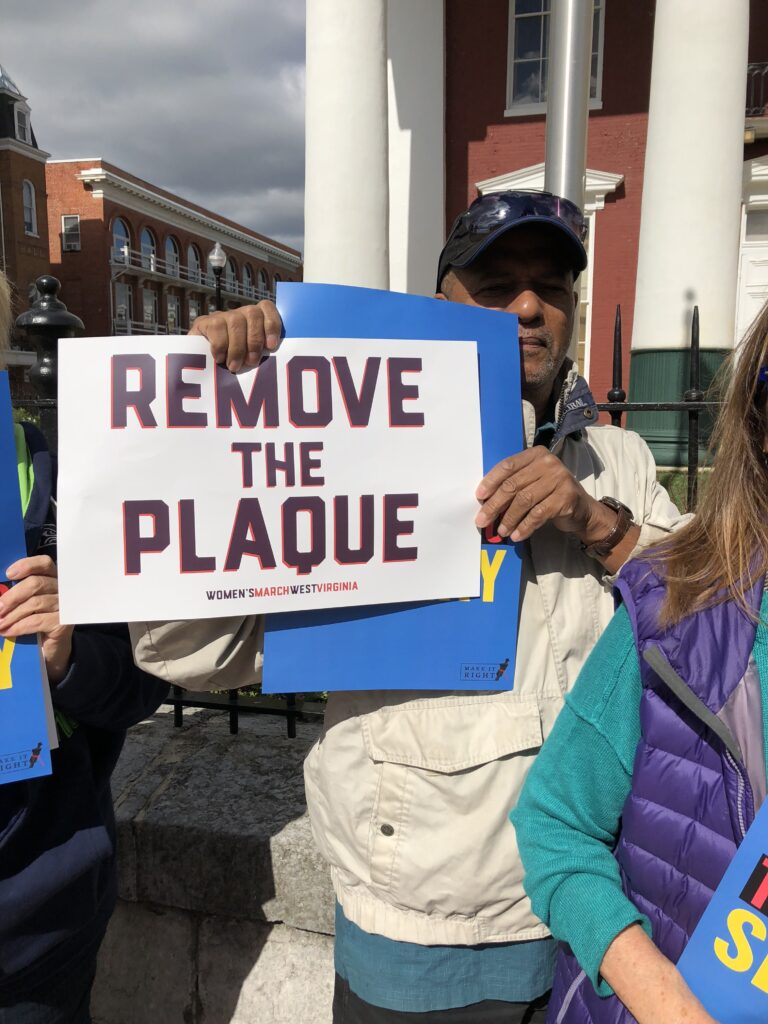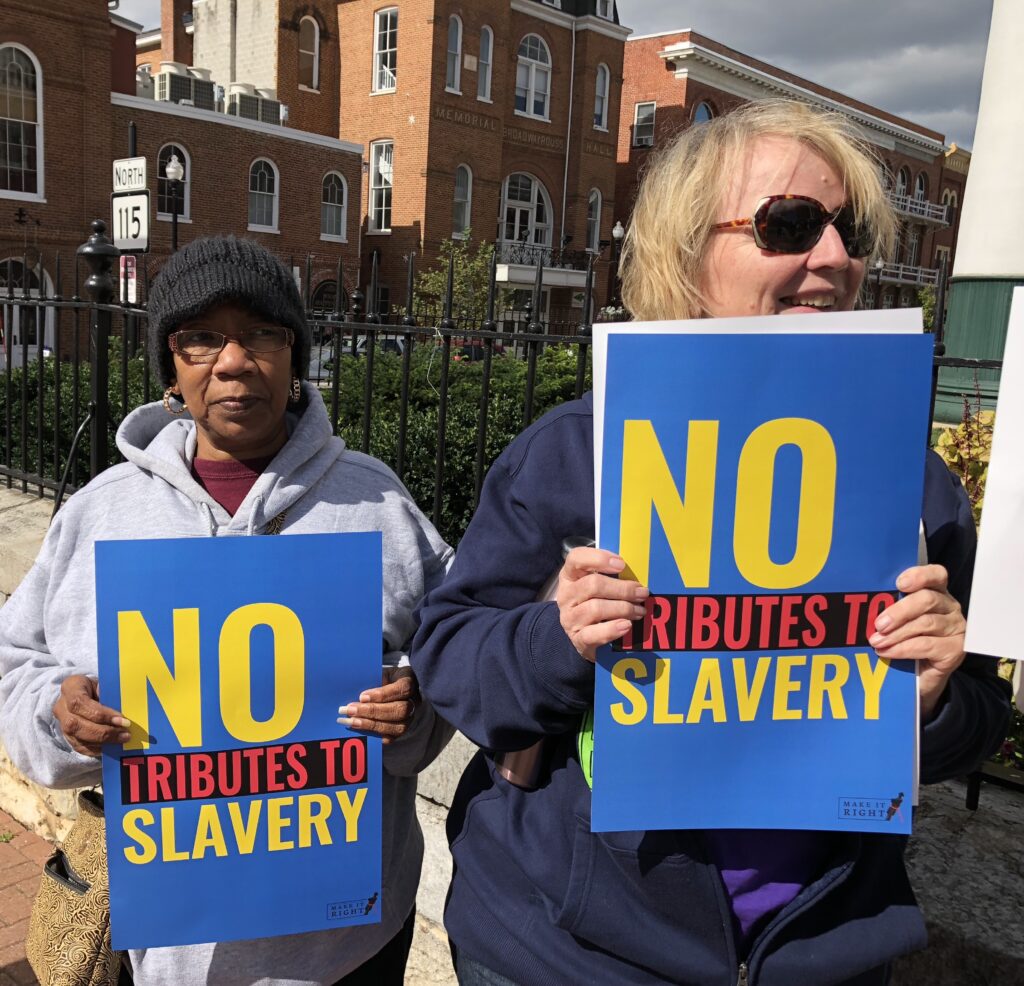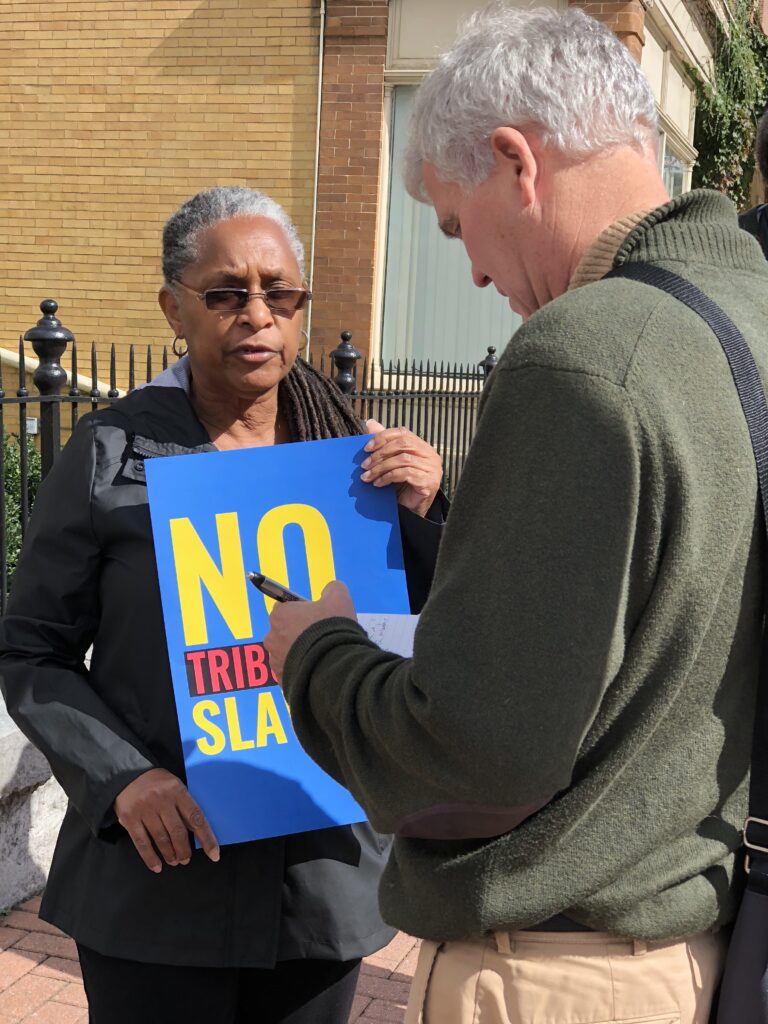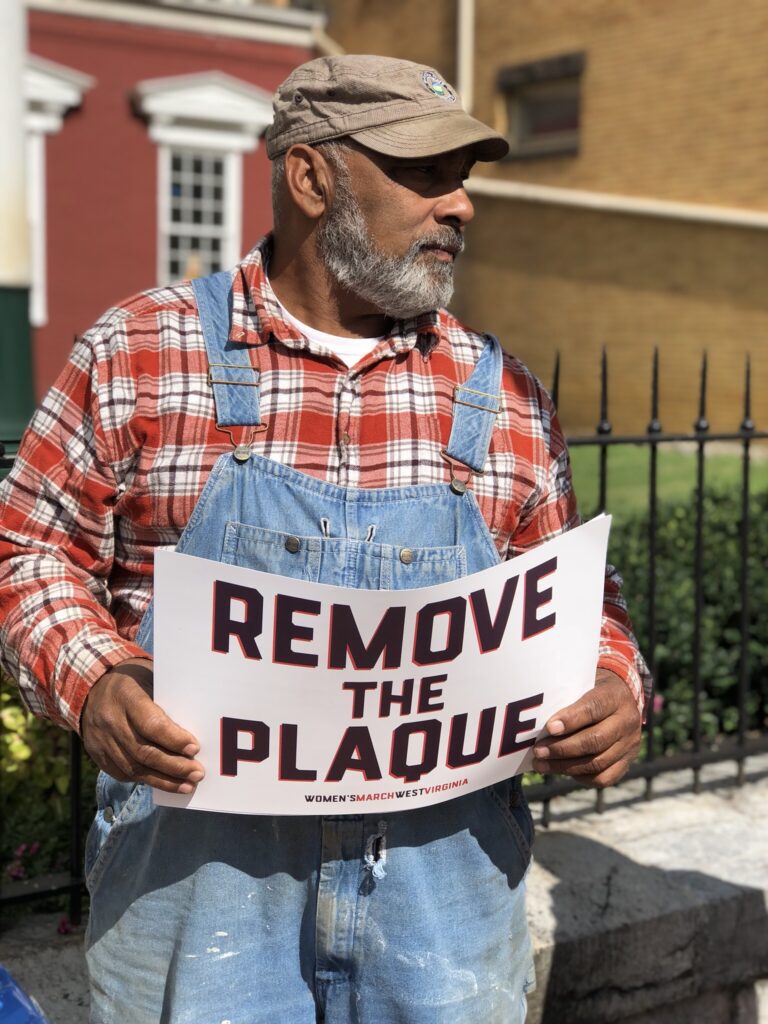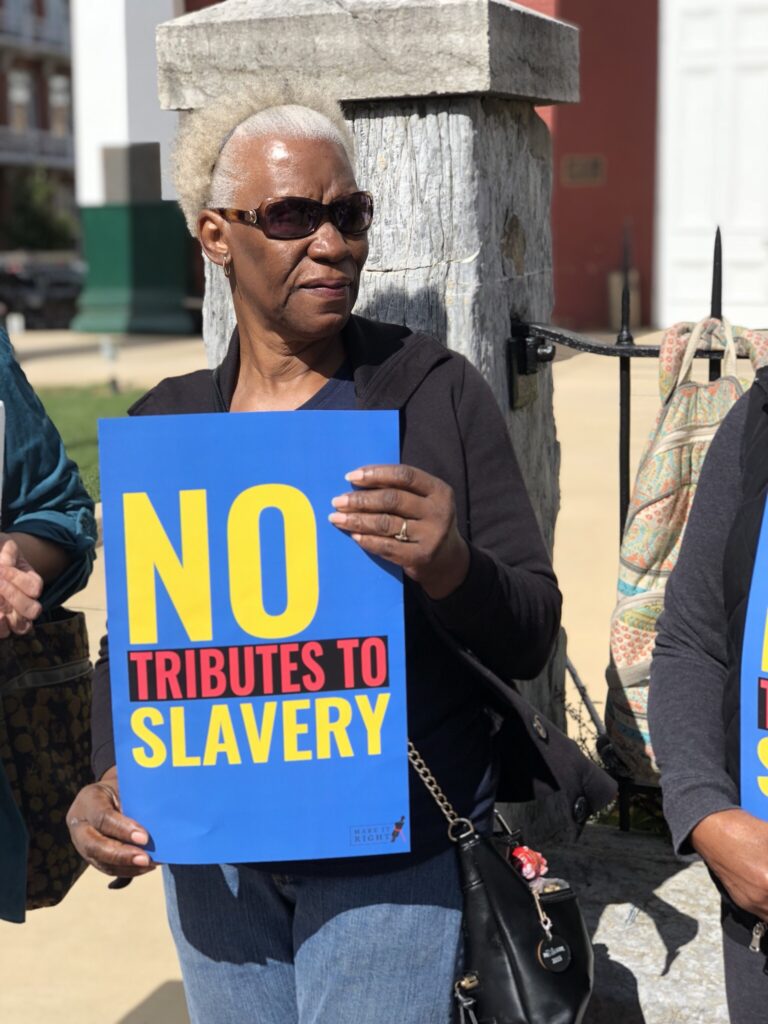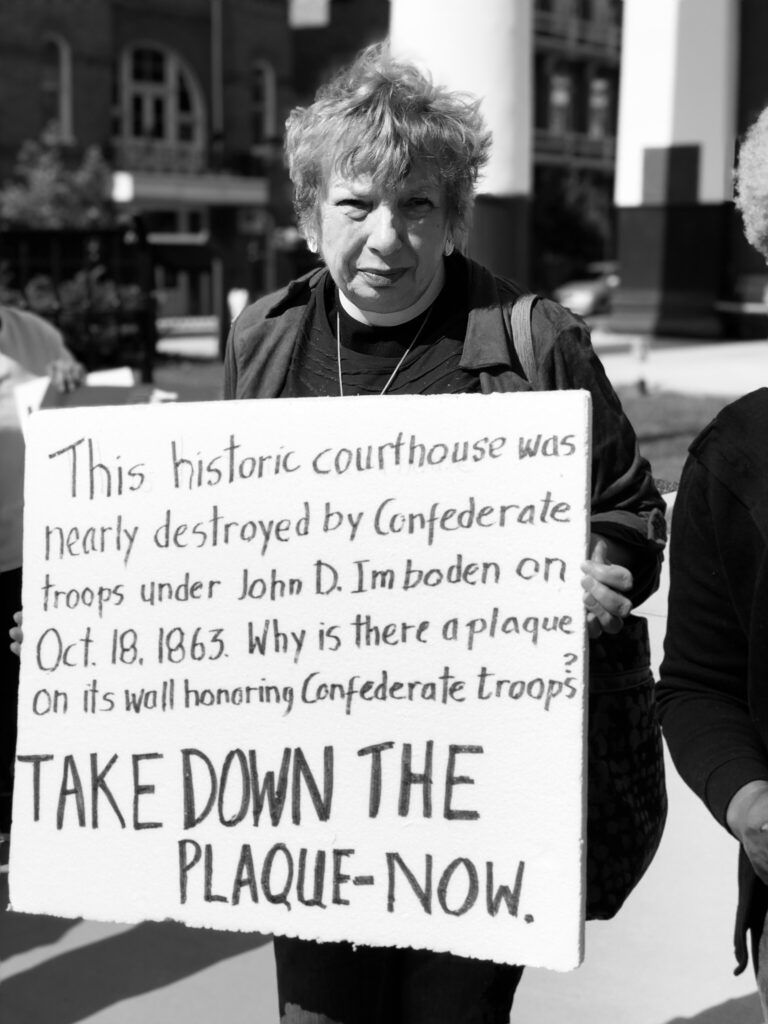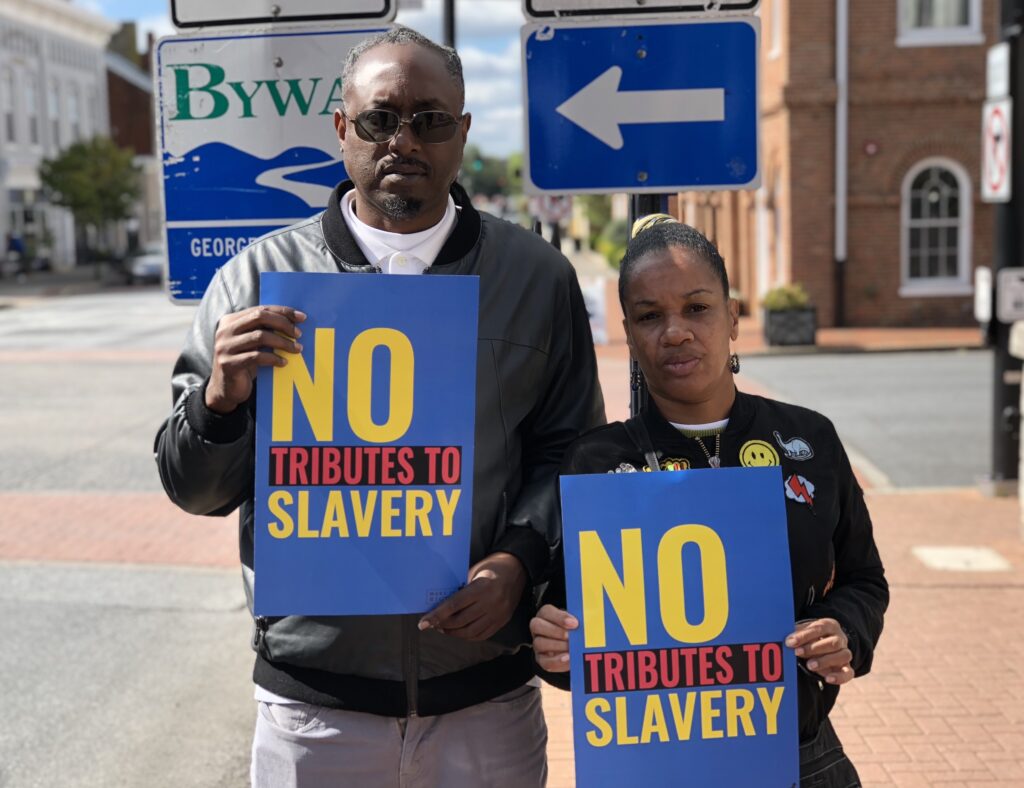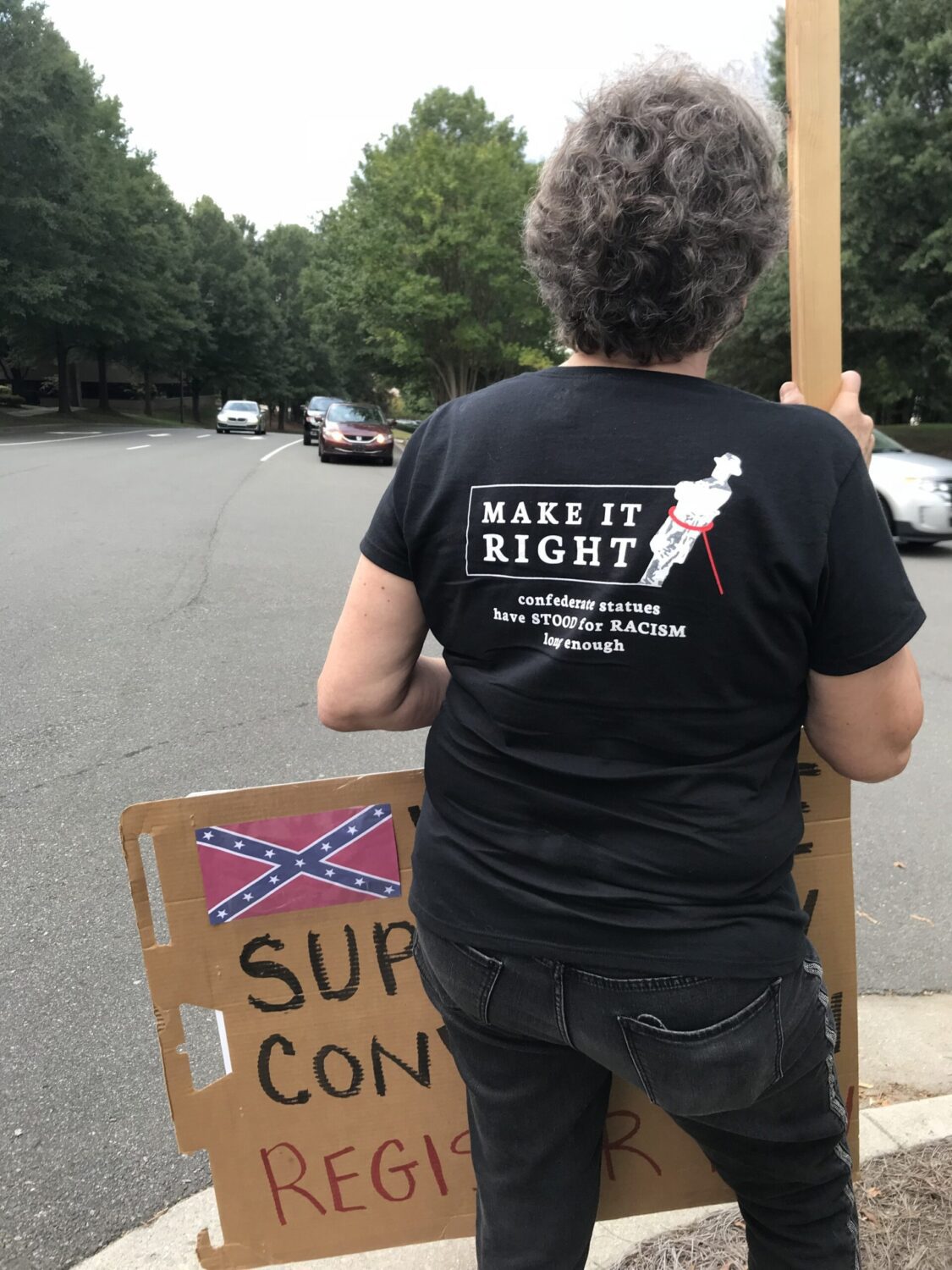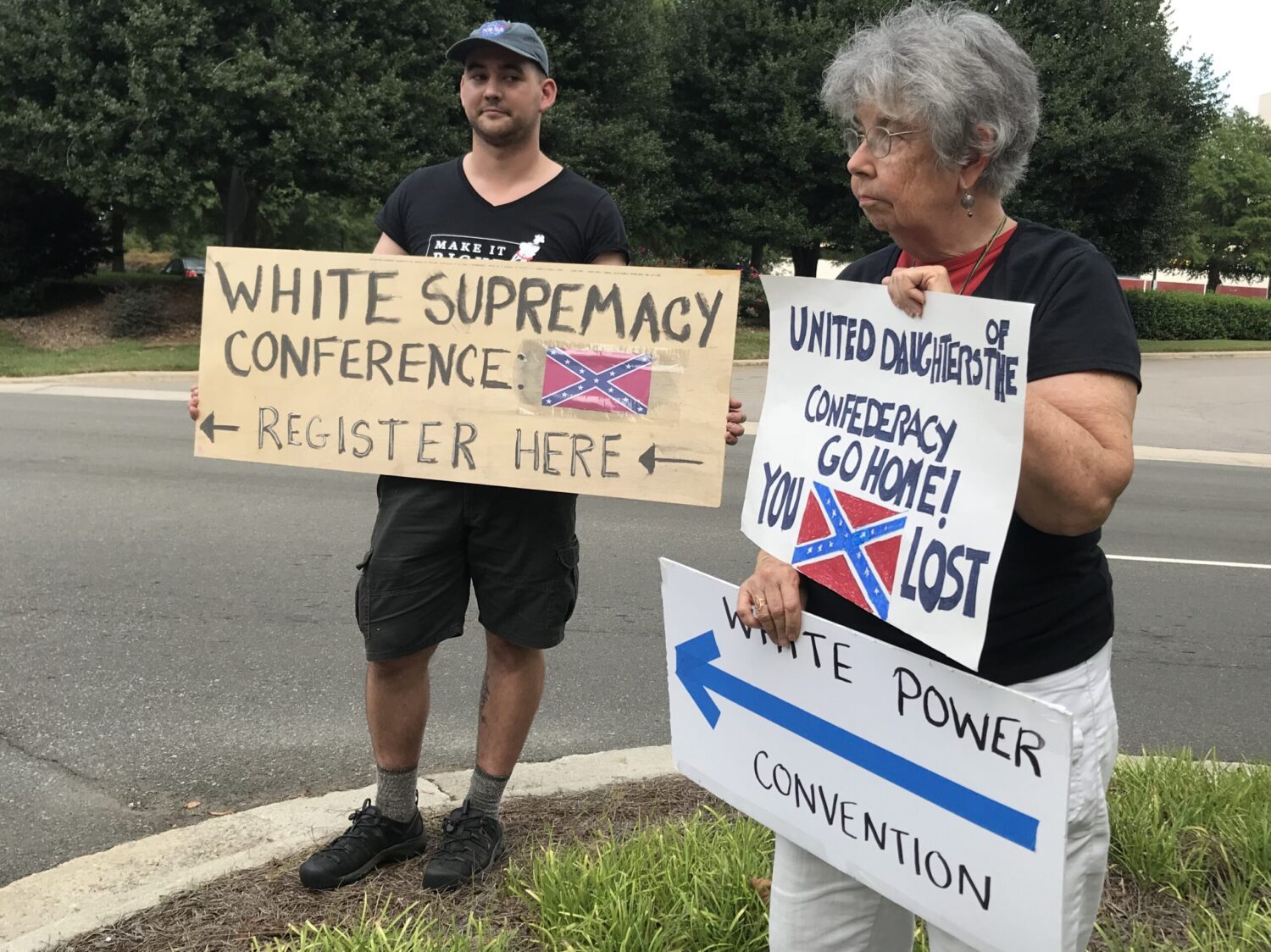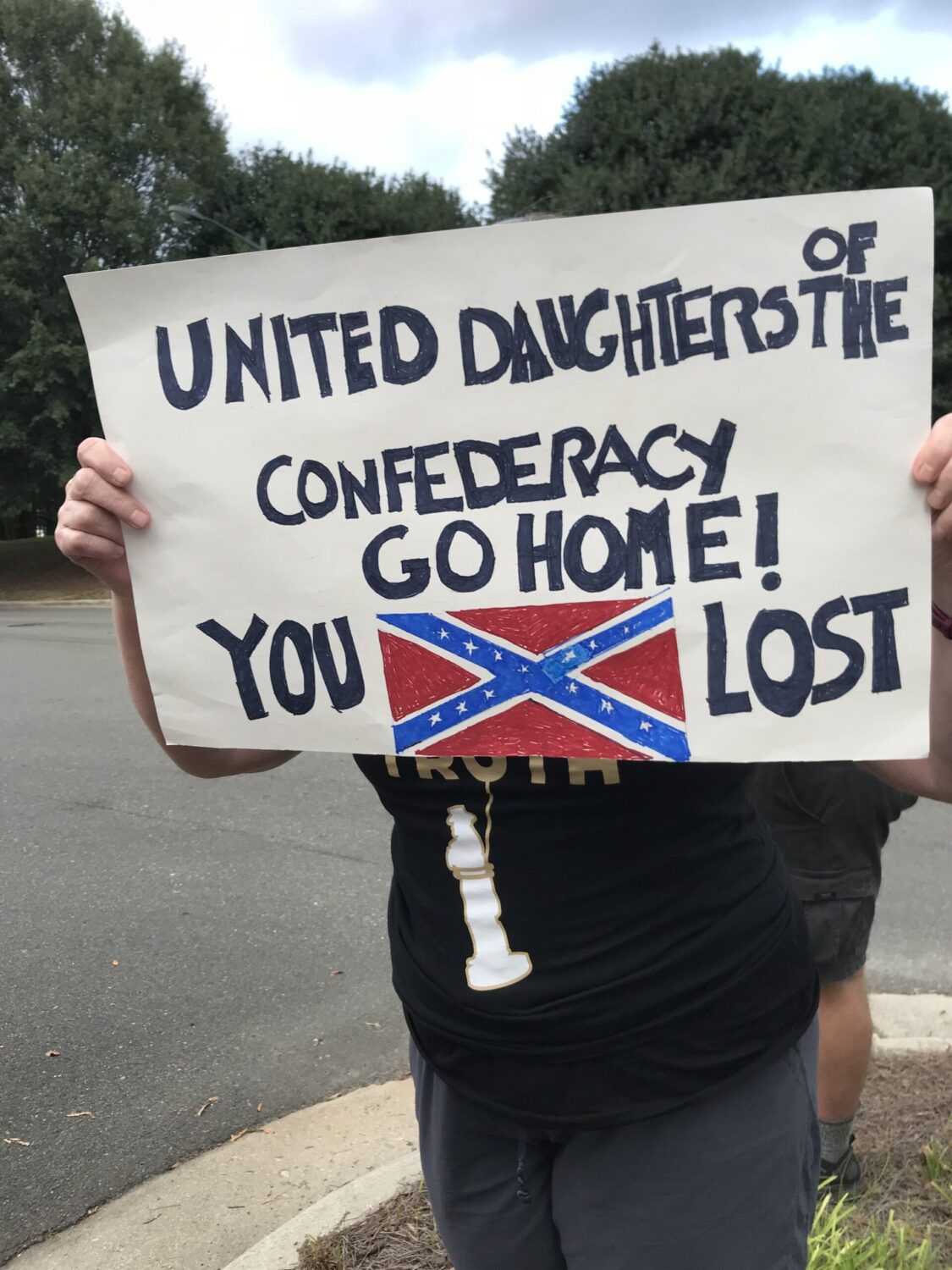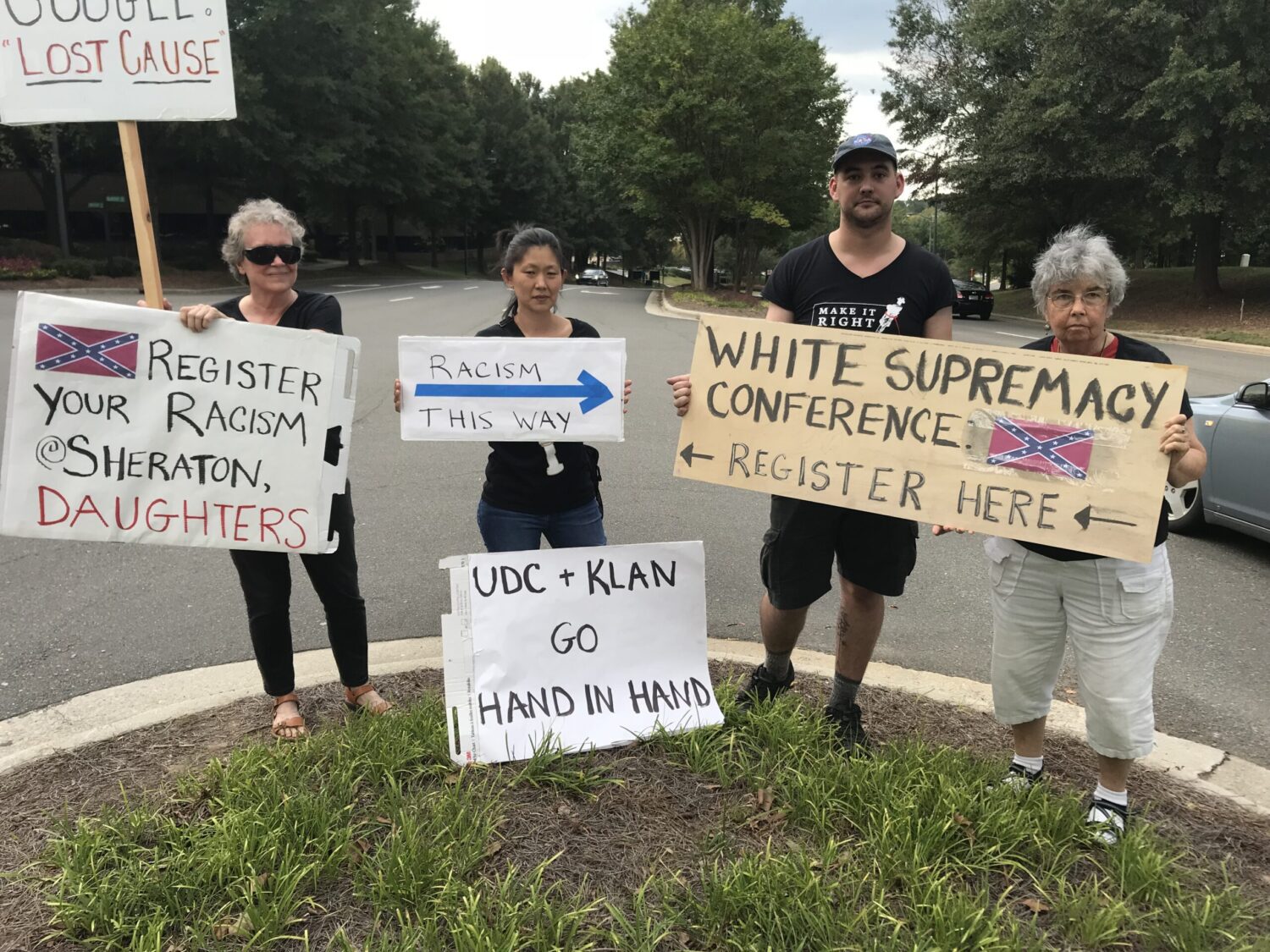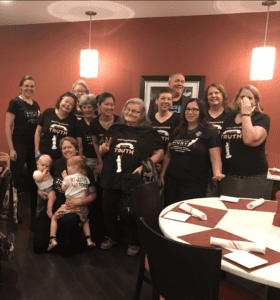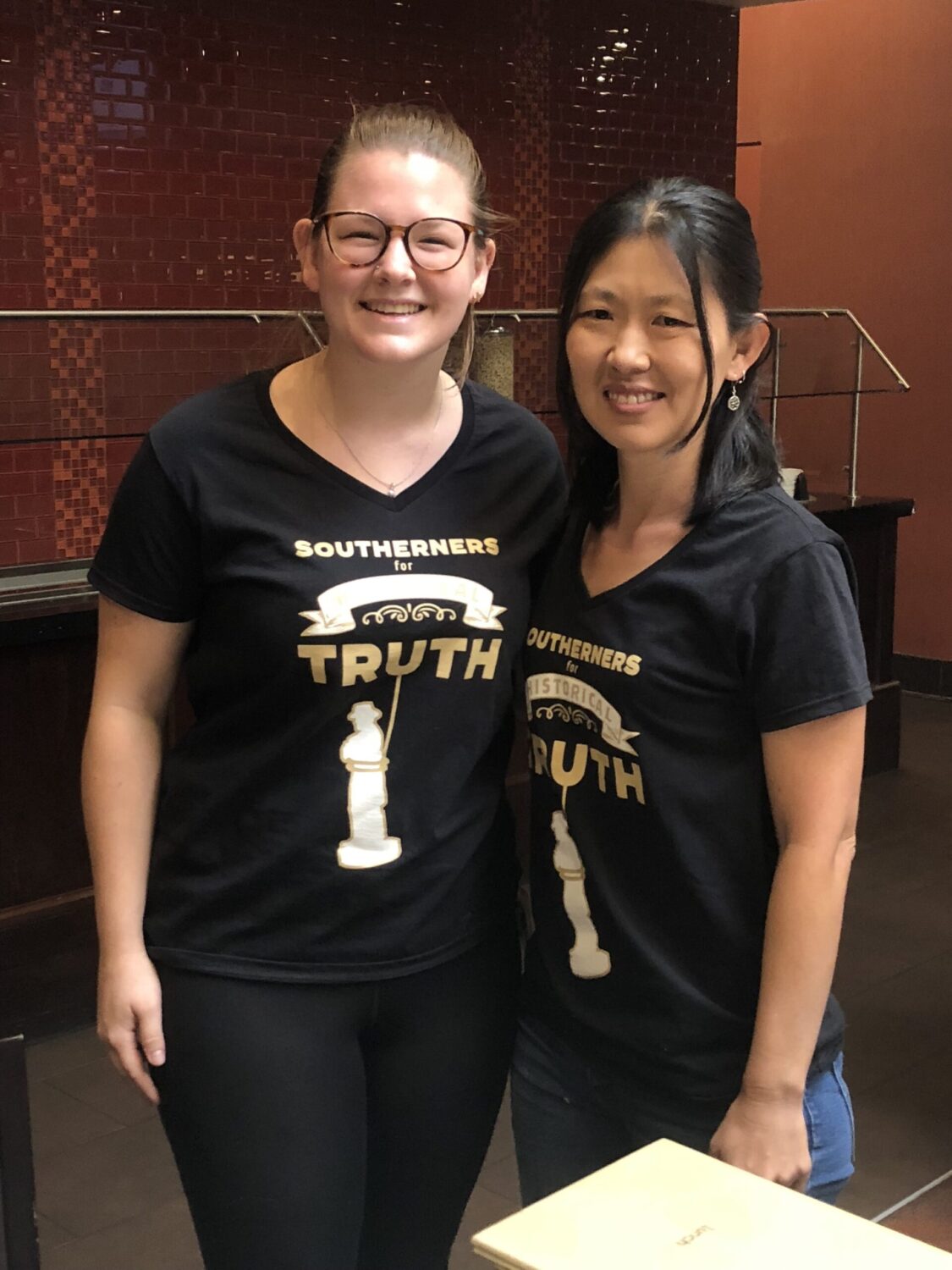
Olga Naidenko and Sydney Evans, Environmental Working Group: Seasonal spikes of atrazine, a weed killer that disrupts hormones and harms the developing fetus, contaminate the drinking water of millions of Americans at potentially hazardous levels as run-off from corn-growing areas finds its way into source waters and reservoirs. In 2016, California state scientists listed atrazine, simazine and related chemicals as substances known to cause reproductive toxicity. The European Union completely phased out atrazine in 2003 because of its potential to contaminate drinking water sources. Yet in the U.S., the EPA continues to allow the pollution of drinking water with atrazine and similar weed killers.
>>>Tell the EPA to ban atrazine and protect America’s drinking water.
Priyvrat Gadhvi, Change.org: The single biggest reason for poaching of tigers, rhinos, elephants, several reptiles and a host of other mammalian species is to feed the huge demand for their body parts for use in traditional Chinese medicine (TCM) — one of the greatest threats to wildlife globally. TCM uses a range of wildlife parts and claims to cure a host of ailments, using therapies which have no basis in science, but the World Health Organization is about to endorse TCM in its annual medical compendium.
>>>Tell the World Health Organization: Don’t endorse any TCM product that uses ingredients made from wildlife parts.
Alka Chandna, Ph.D., PETA: Experimenters at Colorado State University trap American crows, American robins, and house sparrows in the wild; infect them with West Nile virus; watch as they develop painful and debilitating symptoms from the viral infection; and kill them. These experiments don’t help birds or humans — but our tax dollars have bankrolled this cruelty for years.
>>>Urge CSU to end these cruel, deadly experiments.
Adam Kolton, Alaska Wilderness League: New members-elect of Congress from across the country have already committed to protecting the Arctic Refuge by signing Alaska Wilderness Action’s Pledge for the Refuge. They will join more than one hundred current members who have committed to protect the Arctic Refuge from oil drilling, so we’re on the right track.
>>>Urge the newly elected House to quickly begin restoring protections for the Arctic National Wildlife Refuge.
Care2: Chickens raised for meat in factory farms spend their miserable lives crammed into sheds where they can barely move before they’re hung upside down and stunned — although some birds remain fully conscious — and their throats are slit. Because of this cruelty, Burger King, Jack in the Box, Subway and nearly 90 other companies have promised to stop using chickens from factory farms — but not fast-food giant McDonald’s, which sold 490 million pounds of the birds in one year alone.
>>>Urge McDonald’s to switch to more humanely raised chickens.
Causes: Dow Chemicals is attempting to expand its use of a bee-killing pesticide, despite federal regulations that have repeatedly tried to reign in the dangerous chemical. Earlier this month, Dow Chemicals submitted an application to the EPA to receive a waiver that would allow them to massively expand their use of sulfoxaflor, an insecticide that is detrimental to bee populations.
>>Urge EPA Administrator Andrew Wheeler to deny Dow’s request.
White Coat Waste Project: An investigation by White Coat Waste Project revealed that more than 1,100 beagles, hounds and mixed-breed dogs — even puppies — are subjected to secretive, wasteful and cruel experiments inside government laboratories each year. Most agencies including the VA, DOD, FDA and CDC do not reveal details of how our taxpayer dollars are being used for experiments on dogs, but on one of the few projects for which spending data is available, NIH experimenters have used nearly $6 million of taxpayers’ money since 2011 to give dogs heart attacks.
>>>Urge Congress to end this cruel, wasteful government spending on flawed research.
Care2: After the announcement of the approval of a third bat cull since 2015, the scientific community is extremely alarmed. In 2018, the Mauritian government plans to kill 20 percent of the current population: 13,000 out of 65,000. 38,000 bats were officially killed in the past two years — and this does not count the undocumented killing carried out by the public. Now, the population is weaker and less resilient to natural calamities — the two previous cullings resulted in the species being uplisted to Endangered in 2018.
>>>Urge the government of Mauritius to stop the planned cull.
One Green Planet: While many of us will attend family gatherings this Thanksgiving, let’s not forget about the awesomeness that is Friendsgiving. For those who don’t know, Friendsgiving is a relatively new holiday celebration (the term first emerged in 2007) and has become a much-anticipated part of many of our lives.
>>>Check out 15 budget-friendly vegan dishes to bring to Friendsgiving.
Parting thought…
“The assumption that animals are without rights and the illusion that our treatment of them has no moral significance is a positively outrageous example of Western crudity and barbarity. Universal compassion is the only guarantee of morality.” ―Arthur Schopenhauer
Earth | Food | Life (EFL) explores the critical and often interconnected issues facing the climate/environment, food/agriculture and animal/nature rights, and champions action; specifically, how responsible citizens, voters and consumers can help put society on an ethical path of sustainability that respects the rights of all species who call this planet home. EFL emphasizes the idea that everything is connected, so every decision matters.
Click here to support the work of EFL and the Independent Media Institute.
Questions, comments, suggestions, submissions? Contact EFL editor Reynard Loki at [email protected]. Follow EFL on Twitter @EarthFoodLife.

 Jan Frel
Jan Frel Simon Greer
Simon Greer